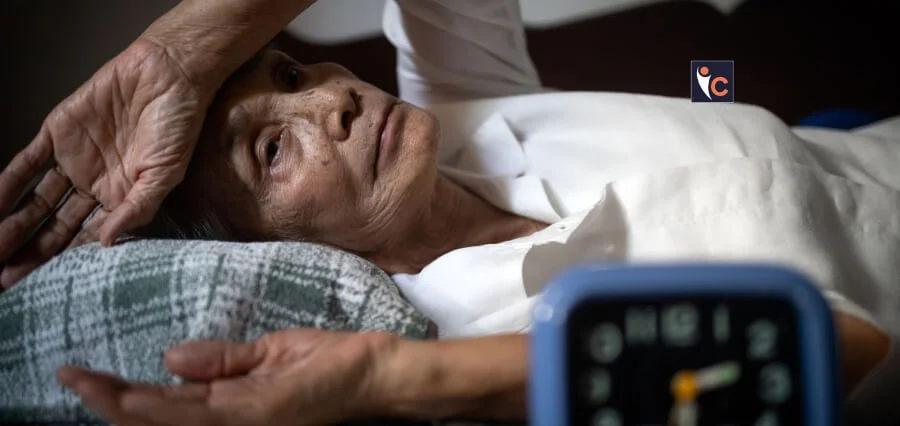THE RACE FOR COVID 19 VACCINES
More than 150 coronavirus vaccines are in development around the world - and there are high hopes to bring atleast one into the rescue in record time to ease the global crisis. In order to instruct the immune system to mount a defense, some vaccines need to use the whole coronavirus, but in a killed or weakened state. Others use only a part of the virus - like a fragment of the virus.
Some transfer the coronavirus proteins into a totally different virus that is unlikely to cause disease or even incapable of it. Finally, after such prolonged months of extensive research, some vaccines under development rely on deploying pieces of coronavirus's genetic material, so our cells can temporarily make the coronavirus proteins needed to stimulate our immune systems.
I would be posting some of the recent developments relating to COVID and vaccines, on a regular basis, whenever I can, to give you all some more insight into when an end for this pandemic is most likely to come. So let me begin with one today !
On November 25th 2020, an article explained how SARS - CoV - 2 Genetic Variant may be more transmissible. Before March, most of the SARS - CoV - 2 genomes which researchers had isolated and sequenced worldwide, encoded an aspartic acid (D) of the viral spike protein. By April, the majority of viral sequences harboured a single mutation in the genome converting the aspartic acid to glycine (G).
Presently, this 614D variant has been all but replaced by the 614G globally.
If the virus is truly more infectious, or if the virus is causing more severe disease, that's something that needs to be verified very quickly, so that the public health department can realise that a more contagious or a more severe form of the virus is now spreading. In a paper published in "Cell" on November 18, the authors confirmed that 614G is not associated with infection severity and observed that younger patients were more likely to have 614G and have higher viral loads. Their results support the idea that 614G is under positive selection and likely affects virus transmissibility.
The patterns observed are consistent with a selective advantage, and this gene mutation arose and has now dominated because it is likely an adaptation to humans. The apparent heightened contagiousness of 614G could be due to the production of more virus during infection. There was another paper, which I came across, which stated that patients infected with the 614G variant had higher viral loads in their upper airways than did patients with 614D.
The findings hold up in animal models too. Hamsters infected with 614G variant had higher viral loads in the upper respiratory tract, but not in the lungs, than did animals with 614D. They hypothesise that these higher viral loads could lead to increased transmission.
However, to which extent the 614G variant is more easily transmitted under real - world conditions, is a difficult task. 614G has been stated that it is not for sure less efficient than 614D. There is a good chance that it is more efficient - for example, in a 'super spreader' event. Because many papers have shown that neither form has an impact, at least that they know of, on disease severity. Knowing what virus you are infected with won't impact your treatment regimen or whether or not you will be protected from a vaccine, or whether the drugs will work.
The things that we, people, can do to protect ourselves from one variant or another variant are all the same. Wear a mask. Be conscious of your social distancing. Wash your hands regularly, and follow local public health guidelines. This is the simplest thing we can do !
Stay healthy, stay safe !




Very informative!!!
ReplyDeleteThanks da
Delete